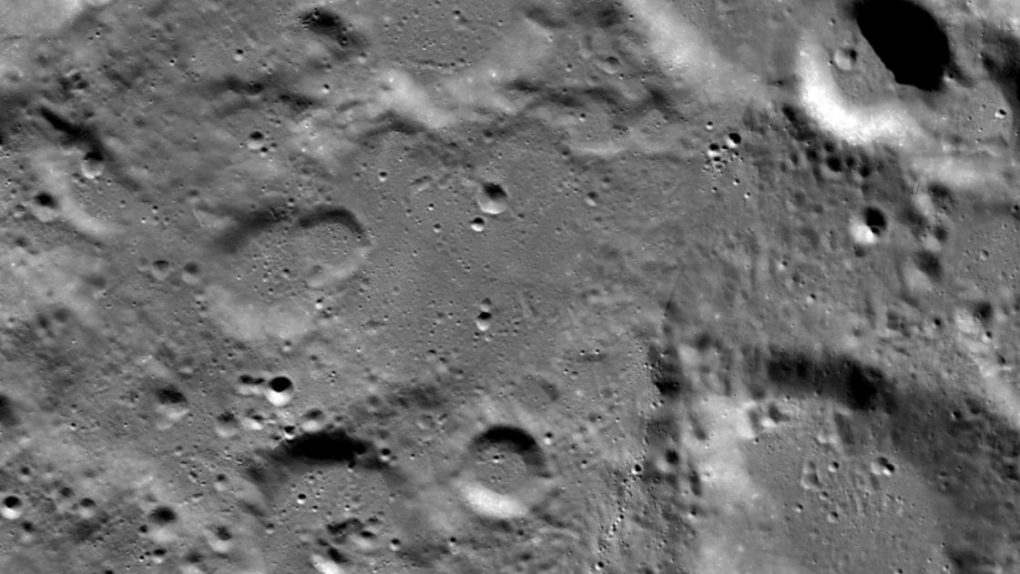Earlier this month India was poised to make history. The Indian Space Research Organization eagerly awaited the day when its Chandrayaan-2 mission would send the Vikram lander and its rover companion down to the Moon’s surface. When that moment finally came, something went terribly wrong, and the lander is presumed destroyed.
In the days and weeks that followed, ISRO has been trying to determine the condition of the lander, and claims to have spotted it using its own lunar orbiter. However, NASA’s more powerful imaging hardware hasn’t been able to locate the crashed vehicle, and has released a series of images of the lunar surface to prove it.
The images were captured using NASA’s Lunar Reconnaissance Orbiter, which is equipped with a camera capable of snapping high-resolution photos that should be enough to spot the lander’s crash site. NASA directed the LRO’s camera to scan the would-be landing site in search of the downed lander, but nothing immediately jumps out of the image as an indication of a crash.

Because of how huge this image is, viewing it in anything other than its original resolution is pretty much pointless, so hop over to NASA’s page and view the mosaic in its true quality.
There are clearly a number of issues with the image that aren’t helping in the search for the crashed spacecraft. Most obvious is the fact that the Sun was casting some pretty serious shadows across the dusty surface, obscuring huge areas where the lander could be hiding. This, combined with the fact that the lander would appear incredibly small, and ISRO having little idea of how far it flew off-course before crashing, makes this a puzzle that is not easily solved.
NASA will attempt to locate the lander again when the LRO makes a pass over the area in October. The angle of the Sun should be much more favorable during that flyby, so we’ll be keeping our fingers crossed.








